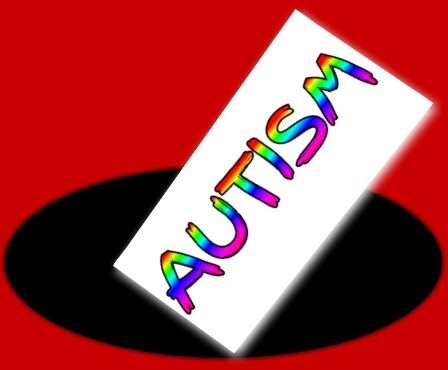
On January 16th 2011, a very special Ragdoll cat was born into this world. She was given the name Princess Lilli Lilac, and was originally bought for me as a therapy cat. This blog post highlights how important Lilli has been in my life, why I love her and also why her birthday is so important.
The reason why the name Princess Lilli Lilac was selected, is because she is a lilac bicolour Ragdoll cat. 🎈
Princess Lilli Lilac’s Birthday Cake
This birthday cake animation was made in Blender 4.0.1 by Zachary Wright to commemorate Princess Lilli Lilac’s special birthday which occurs annually on January the 16th. 🎂 Copyright © Zachary Wright.
Why I needed a cat
Princess Lilli Lilac came into my life to help reduce meltdowns and also to provide a living friend, since I didn’t feel like I had any proper friends at the time.
At that time, the only friends I had were teddy bears and my carer, so this naturally made me feel very lonely. I also felt as if my life was out of control and my depression was also worsening at the time.
Why we bought Lilli
After researching a lot about Ragdoll cats, I decided that the Ragdoll cat breed was the ideal breed of choice for me, due to it’s laid-back floppy nature, calming temperament, beautiful blue eyes, soft silky fur, and friendliness.
All of these lovely characteristics, combined with an easygoing personality, made the Ragdoll breed an excellent choice for me. She is great to cuddle up to when hard times arrive, whenever I have a low mood, am depressed or anxious, or just need a hug. In my experience, cats are much more comforting than teddies, because of their body heat, fur and their ability to interact and reciprocate.
The blue eyes that Lilli and other Ragdoll cats have are also extremely beautiful, and this beauty only increases at night due to the size of her pupils filling up almost the entire iris. This has resulted in the affectionate nickname “moon eyes”, which is a reference to the full moon, but black. The white fur also adds to this exquisite beauty, as not every cat breed has blue eyes past their kitten-hood, which is very special. Her eyes also look somewhat reminiscent of the Milky Way galaxy outside at night because they twinkle like the stars.
One of Lilli’s intuitive (instinctive) calming techniques is to rub around my legs if I am distressed, or rocking and she purrs very loudly. This type of sensory input from Lilli, I find very comforting and this is much less threatening than a hug from a human.
All the reasons listed above, are why we decided to purchase Lilli from her breeder (Elly) at Amberglade Ragdolls in Meadows, South Australia.
Why buying from a registered breeder is better than the pet shop
When you purchase a pet from a registered breeder, you have the benefit of the breeder’s knowledge to help select an animal with the appropriate temperament and personality, that is compatible with your needs and lifestyle. Sometimes you get to see the parents of the pet that you are purchasing, as in my case, I got to meet the sire (father) of Lilli, known as Bluebells, who was a show cat and also had a “blue” pointed colouration.
Pet shops by contrast, do not provide you with any kind of insight into the personalities of the pet you are buying or how healthy these animals are. Oftentimes, the animals at pet shops are not purebred, (even if they say they are), and can come with a lot of health problems. You also usually would not see the parents of the pet that you are buying in the case with a pet shop.
Reasons why I love Lilli
There are also a number of reasons why I love Lilli, and here are some of the reasons why:
- 1. She keeps me company in the night by sleeping on the end of my bed or sometimes by sleeping on the armchair in my study next to me while I’m on my computer.
- 2. She is glad to see me all the time. When she passes by and sees me, or if I let her into a room for instance, her tail will be upright, and in cat language this means “I am happy to see you!”.
- 3. She is extremely photogenic. A camera will take a beautiful picture of her face.
- 4. She can be trained quite easily. For example, she has been taught by me that being under the blankets is a good hiding spot.
- 5. She is always there for me.
- 6. She is an excellent mouser, being very adept at catching them inside the house, as we live on a farm property. She does not kill them, but carries them outside in her mouth instead, and deposits them in the garden. Lilli is truly a gentle soul. 😇
Why we celebrate Lilli’s birthday
The reason we celebrate Lilli’s birthday, is because Lilli has brought me so much joy, love, friendship and happiness over the years. She is considered a member of the family, and I am also considered her father (or “cat dad”), and we love her dearly. We both share a very deep friendship together that will never expire. 😺
Collection of Princess Lilli Lilac Photos
Below is a photo gallery consisting of multiple images of my beloved cat Lilli. 🖼












Princess Lilli Lilac has been inseparable from me since the day we first met, and we love each other dearly. 💜😺 Happy 13th Birthday Princess Lilli Lilac!! 💜 🎂
